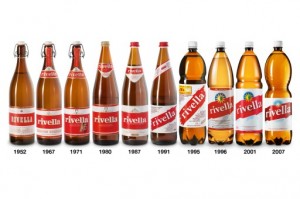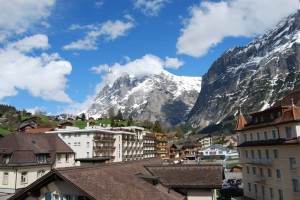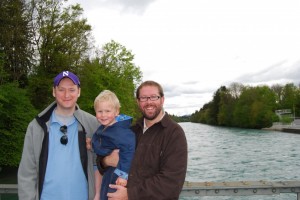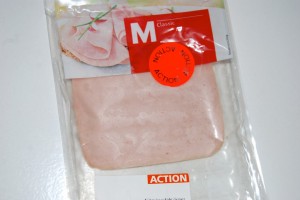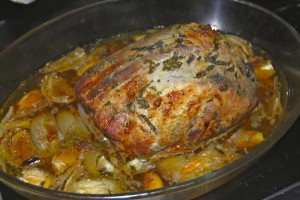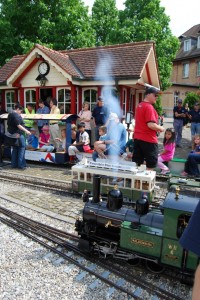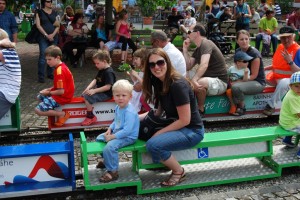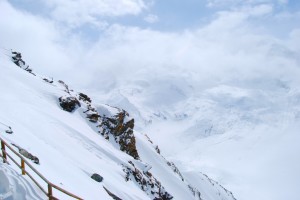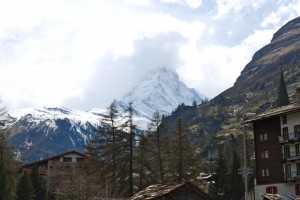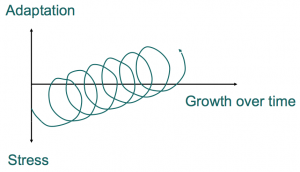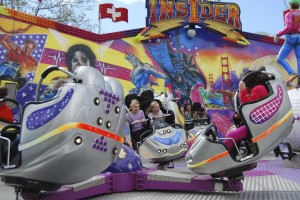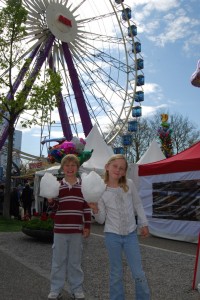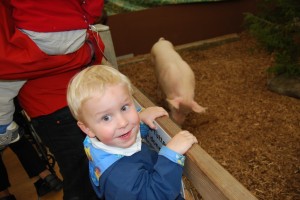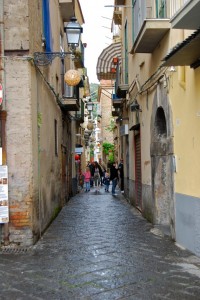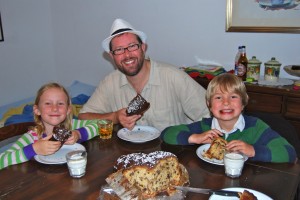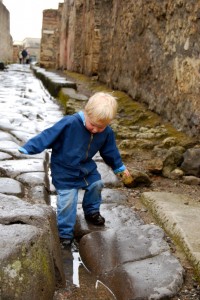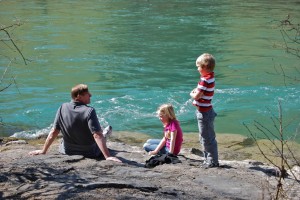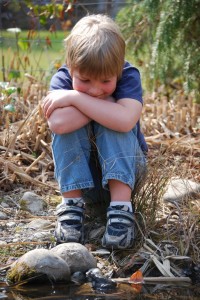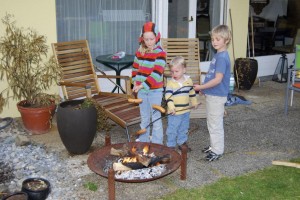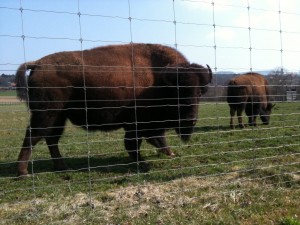 As you may know, “Heidi” is a famous Swiss children’s novel about a little Swiss orphan girl. In the first part of the book, Heidi is just 5 years old, and she is dropped off at her grandfather’s house in the mountains, where she is left to fill her time with her own imagination. She meets a young goat herder named Peter, who doesn’t seem to be much older than Heidi. Together, the two children wander the mountain side herding goats and overcoming any challenges that arise.
As you may know, “Heidi” is a famous Swiss children’s novel about a little Swiss orphan girl. In the first part of the book, Heidi is just 5 years old, and she is dropped off at her grandfather’s house in the mountains, where she is left to fill her time with her own imagination. She meets a young goat herder named Peter, who doesn’t seem to be much older than Heidi. Together, the two children wander the mountain side herding goats and overcoming any challenges that arise.
Even though the book was written in 1880, it is still revered in Switzerland. There has been a tv series, several movies, and many retellings of the story in print. There was recently a musical version of Heidi that toured the country, and there is a tourist area in the mountains called “Heidiland.” The book captures many things that are inherently “Swiss,” and it struck me the other day that one of those Swiss values is the independence of children.
In America it seems that parenting is getting more and more protective, valuing safety over independence and life experience. Conversely, in Switzerland, kids are still allowed – no, expected – to spend time on their own and explore their surroundings. As we’ve mentioned before, there are no school buses here, so kids from age 5 or 6 walk to school by themselves (or bike or scooter when they are a little older). The playgrounds here still have seesaws, merry-go-rounds, hammock swings, and other structures that are 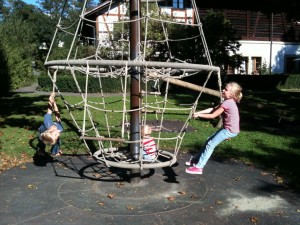 impossible to find in highly regulated American playgrounds. The 8-year-old boy across the street rides his bike to his own soccer practices, a common occurrence. The kids all play outside on the streets, ring each others’ doorbells, and disappear for hours until parents call them in to eat or sleep. I’ve also scheduled playdates with kids from school who live a little further away, but it isn’t always necessary.
impossible to find in highly regulated American playgrounds. The 8-year-old boy across the street rides his bike to his own soccer practices, a common occurrence. The kids all play outside on the streets, ring each others’ doorbells, and disappear for hours until parents call them in to eat or sleep. I’ve also scheduled playdates with kids from school who live a little further away, but it isn’t always necessary.
Last Tuesday when we were at the farm, James saw the oldest boy in the family (around age 8… not sure) doing his chores. To my great surprise, James said, “I want to live on a farm.” When pressed about the difference between what this boy was doing and what James does at home, he said, “But that is real work!” So, let me get this straight. You’d rather shovel cow manure and carry chicken feed than clean your room?! But, upon reflection, I think what James saw was this boy’s independence and responsibility. And to a 6-year-old boy, that is really cool.
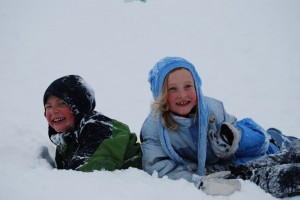 Because of their level of independence, our kids are strong and resourceful. They demonstrated it fully back in February when we were in Toggenburg, Switzerland for a winter vacation, in an incident I didn’t write about at the time. We were coming back from a visit to Lichtenstein, and James thought he had left his stuffed tiger (Hobbes) on the ski bus. We were already most of the way up a steep hill to our apartment, and I knew the bus would turn around at the top of the street and come back down the hill in a couple of minutes. So I sent James running back to the bus stop on his own. The bus came, but rather than getting on in the front and telling the driver his situation, James got on in the back to look for Hobbes on his own. To my horror, the bus doors closed and it took off down the hill with James inside. Then, before I could gather my wits, Emily, who had seen this all transpire, said, “Don’t worry mom, I’ll go get him.” And she took off running down the hill after the bus. I think I just stood there for a minute with my 6 and 7 year old children wandering around an unfamiliar town in Switzerland wondering, “What have I done?!”
Because of their level of independence, our kids are strong and resourceful. They demonstrated it fully back in February when we were in Toggenburg, Switzerland for a winter vacation, in an incident I didn’t write about at the time. We were coming back from a visit to Lichtenstein, and James thought he had left his stuffed tiger (Hobbes) on the ski bus. We were already most of the way up a steep hill to our apartment, and I knew the bus would turn around at the top of the street and come back down the hill in a couple of minutes. So I sent James running back to the bus stop on his own. The bus came, but rather than getting on in the front and telling the driver his situation, James got on in the back to look for Hobbes on his own. To my horror, the bus doors closed and it took off down the hill with James inside. Then, before I could gather my wits, Emily, who had seen this all transpire, said, “Don’t worry mom, I’ll go get him.” And she took off running down the hill after the bus. I think I just stood there for a minute with my 6 and 7 year old children wandering around an unfamiliar town in Switzerland wondering, “What have I done?!”
But at that point, I really didn’t know what to do. So, I took Henry up to the apartment and put him down for his nap. Then I looked out the window, but there was no sign of Emily or James. I paced around a lot and walked back and forth between the bus stop and the apartment feeling helpless. And then, about 45 minutes later, Emily and James showed up back at our holiday village. Emily never did find James until they both arrived back at our bus stop (one on foot and one on a bus). They both loved telling us the stories of their adventures riding different buses in the town and walking around until they were each able to find their way home.
I recently came across the “free-range kids” movement in America, which combats some of the extreme “helicopter parenting” that goes on there. We are lucky to live in a reasonably “free range” neighborhood back in Milwaukee, where kids still play outside on their own spontaneously with the neighbors. No doubt, there are many reasons parenting in Switzerland is so different than in America, but I think one of them is the mindset of the adults. And I mean all the adults, not just parents. In America, the responsibility for a child falls squarely with his parents. Other adults should mind their own business or take up their issues with the parents. If someone else tries to reprimand a child directly, the kid is likely to say something like “You’re not my mom!” and the parent is likely to get upset or defensive.
In Switzerland, it seems like there is a lot more shared responsibility for raising children. You’ve heard the saying, “It takes a village to raise a child.” Well, here they really believe that. At first it was a little off-putting to our American sensibilities. I’ll never forget the first time an older Swiss lady told James to get his feet off the seat on the bus. James’s eyes got big, I just shrugged my shoulders, and he did as he had been told. I have since realized that she had the best of intensions. The Swiss want to raise children who are independent, but who also respect the rules and other people (respect for rules and other people are two more very important Swiss values that allow their society to function the way it does. But that’s another post…). And so, it is perfectly normal for other adults, especially in the older generation, to “help out.”
This post is getting a little long and scattered as I try to come to a conclusion, and in the end I don’t really have one. I’m not trying to pass judgement one way or the other by writing about Swiss values. I just think its interesting to compare how and why two cultures are different from each other. And as a family living in “two worlds,” we have to navigate the nuances of both approaches to make sense of our daily experiences.
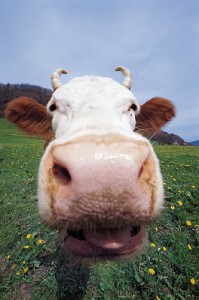 When I was here for only a few months, there was another fellow visiting from the U.S. We were at lunch one day and he had a bottle of Rivella. I asked him if he had tried it yet. He said no, but he had noticed everyone drinking it. As he started taking a sip I casually explained to him that when they say the main ingredient is “milch serum,” that is really a disingenuous term. “You see,” I said, “when they wash the udders of the milking cows, they use a special non-soap solution so the udders don’t get irritated. Then, when they’re done, the ‘udder washings’ are concentrated, and then carbonated.” He was looking at me now with a mouthful. “So there may be a little milk in there, left over on the udders,” I continued, “but it’s really just udder washings.”
When I was here for only a few months, there was another fellow visiting from the U.S. We were at lunch one day and he had a bottle of Rivella. I asked him if he had tried it yet. He said no, but he had noticed everyone drinking it. As he started taking a sip I casually explained to him that when they say the main ingredient is “milch serum,” that is really a disingenuous term. “You see,” I said, “when they wash the udders of the milking cows, they use a special non-soap solution so the udders don’t get irritated. Then, when they’re done, the ‘udder washings’ are concentrated, and then carbonated.” He was looking at me now with a mouthful. “So there may be a little milk in there, left over on the udders,” I continued, “but it’s really just udder washings.”
